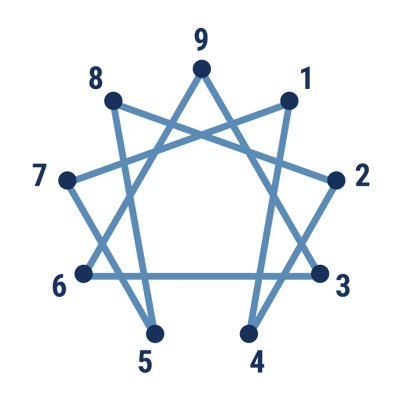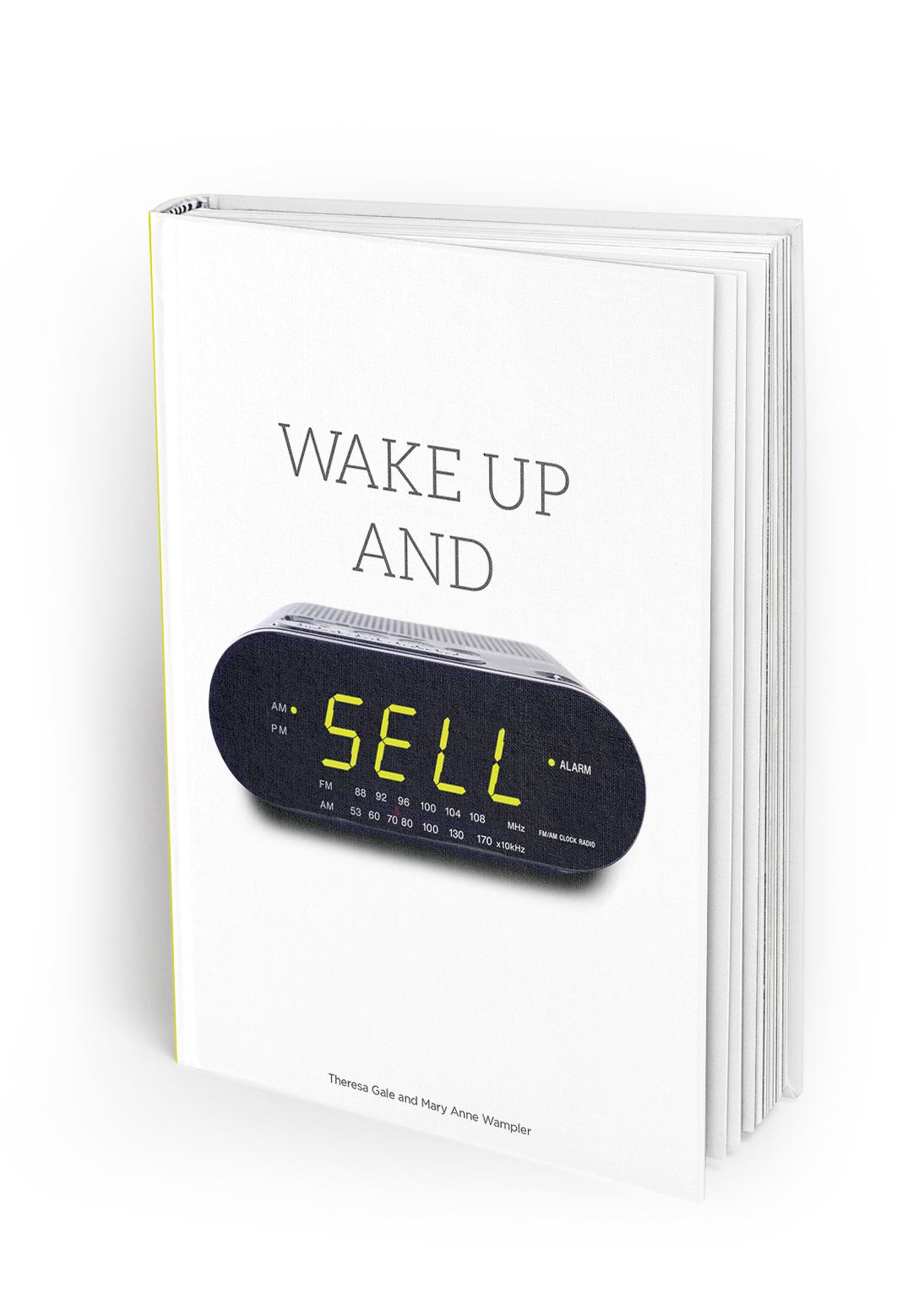“What fascinates me is that people interrupted themselves almost as much as they were interrupted by external sources. They interrupted themselves about 44% of the time. The rest of the interruptions were from external sources.” (Dr. Gloria Mark)
Dr. Mark, Associate Professor at University of California, Irvine and a leading expert on work interruptions, has performed a host of studies on the impact that interruptions have on workplace productivity. These studies found that average knowledge workers are interrupted every three minutes – nearly twenty times per hour and when interrupted, it takes an average of 23 minutes to get back to complete the original task. When you add in the finding that, on average, 44% of the interruptions that occur are self-induced, meaning we create them ourselves, the feelings of frustration we encounter about not being able to get our work done on a daily basis are justified, and, at least, 44% of the time, under our control to manage.
The best way to test these results is to track your interruptions. Frequently, I have my clients do this and the results are always insightful. Yes, there are a host of external interruptions that occur — clients calling or emailing with a request, employees asking questions or a colleague needing some information -– but, knowing how you interrupt yourself is the place to start if you want to feel in greater control of your time. So how do we interrupt ourselves? We look at every email when it comes in (leaving on email notification); in the midst of a task, a thought pops in our head and we shift our attention to something else; we check our smartphones for messages every time we hear the message alert go off; or when working on a task, we feel bored or stuck with the current task and decide to do something else; just to name a few.
How can we reduce the number of self-imposed interruptions? When working on a task, commit to staying focused on the task until it is completed. This will take mental discipline, i.e., not engaging other ideas or thoughts until the task at hand is completed; control of your physical environment by turning off notifications, beeps and rings; and coordination with your co-workers and employees to hold their questions until you finish a specific task or project. So here’s what to do: Create “focus time” for yourself in 1-2 hour increments. Ask your employees to hold their questions or needs until you complete your focus time. Turn off your email and smartphone alerts (yet check them every hour on the hour for emergencies, if you need to) and let messages go into your voice mail. It may feel awkward at first, but once you see what you can get done without external or self-imposed interruptions even for 30 minutes, you’ll want more of it!
Try it this week, and let us know how it works for you.



